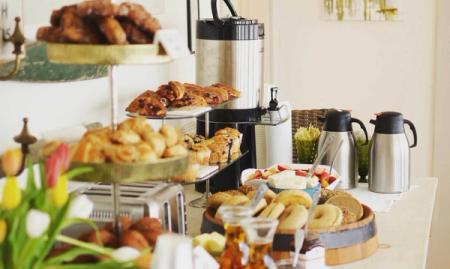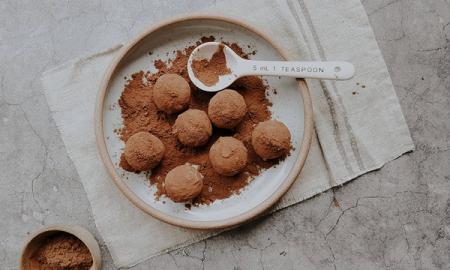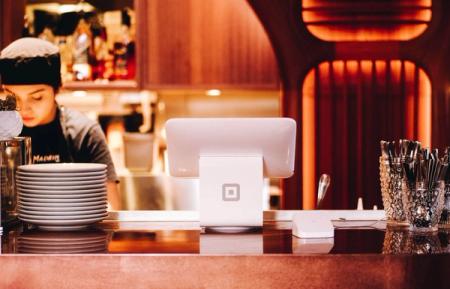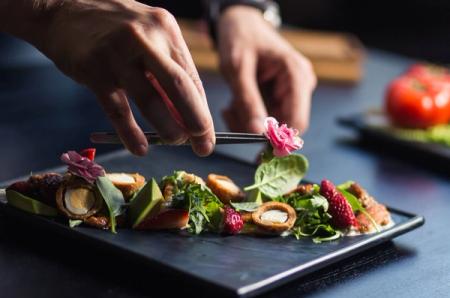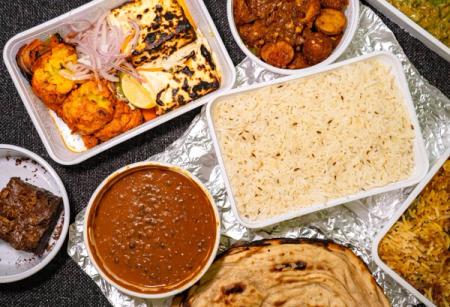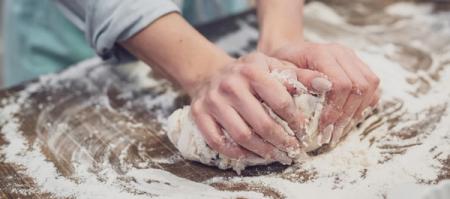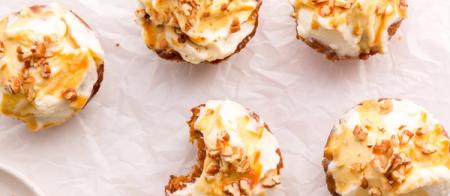About food wasteWhat is the impact of food waste on the environment?
Food waste significantly harms the environment and climate, emitting greenhouse gases throughout its supply chain from farm to fork. This includes emissions from waste processing, like in landfills. Moreover, valuable resources like water and land are unnecessarily used in producing wasted food.
Food waste is responsible for 10% of global greenhouse gas emissions and utilises 25% of all freshwater resources (WWF,2024).
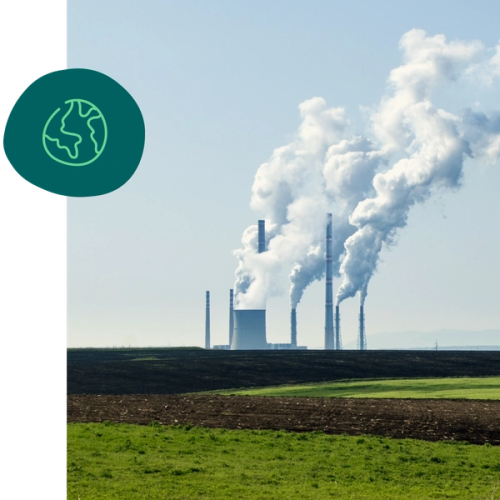
How does food waste affect the climate and the environment?
Climate is the ambient state around us (rain and weather patterns, temperature, humidity), which is all impacted by greenhouse gases being released into the atmosphere, trapping heat and warming the planet.
If we talk about the environment, we refer to ecosystems, biodiversity, and natural processes happening around us.
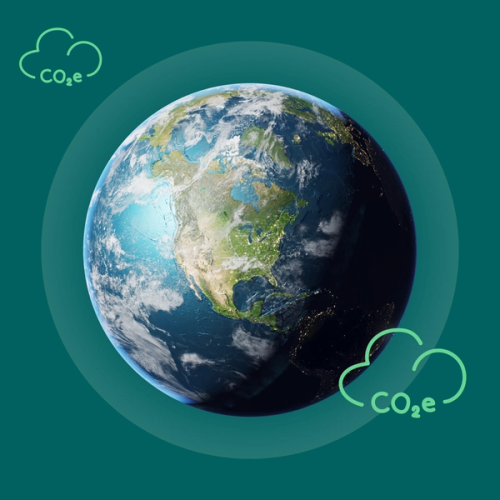
The journey of our food starts at the farm and ends at our fork (or in the bin). Every step has an impact on the climate and environment. At each stage greenhouse gas emissions are released and food waste has a massive environmental footprint because of the land and water which is needed to produce it.
For example, woodlands have been converted into cropland and this deforestation release greenhouse gasses. But this land also needs to be irrigated which disqualifies it as a suitable habitat for many species. Burning fuel releases carbon dioxide. Fuel is needed to power the machinery that works the land, and used to distribute our food to our supermarkets and houses. Fuel is also used to generate electricity which is used to refrigerate food during transportation, and in our homes to cool and prepare our food. Food waste which ends up in landfill is generating methane over time.
This means that when we waste food, it is not just the food in front of us which is wasted but all related resources and emissions as well. If we stop wasting food, we can avoid huge amounts of greenhouse gas emissions, and the unnecessary use of land and water.
WE KNOW THATBY SAVING ONE MEAL* FROM GOING TO WASTE WE AVOID:
*One meal = 1 Surprise Bag = 1 kg of food.
2.7KGOF CO2E EMISSIONS
avoided with every Surprise Bag saved.
2.8 M²OF LAND USE PER YEAR
810LITRES OF WATER
Impact on climate change
Around 30% of the world's total energy consumption is used in the food sector (FAO, 2011). It is used to get our food from farms, to production plants and manufacturers all the way to our homes and plates. Energy in this context refers to fuel used on machinery and transport across the supply chain, but also to electricity for storage in fridges and fuel needed for cooking at home.
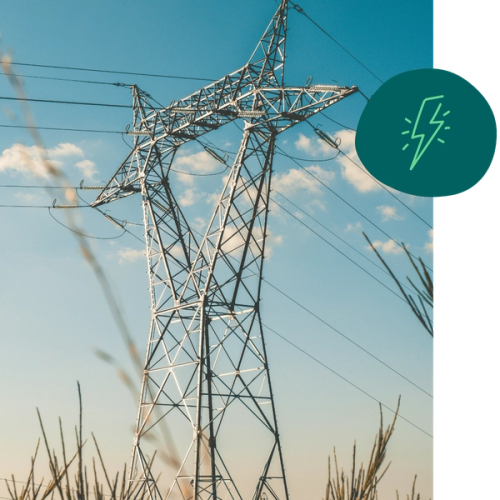
Impact on HABITAT LOSS
Half of the world’s habitable land is used for agriculture and producing food that ultimately goes to waste takes up 30% of all agricultural land. This is an area larger than China and as big as Canada and India combined (1.4 billion hectares of land, which is 11.5% of all land) (FAO, 2013).
Land used for agriculture, like grass or cropland, disqualifies it as a suitable habitat for many species, threatens biodiversity and degrades soil quality.
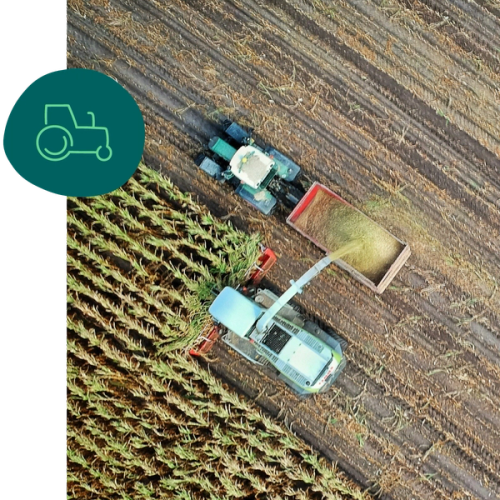
Impact on fresh water depletion
Only 3% of Earth's water is fresh water and of that, only 1% can be used by humans, because the rest is locked in for example ice caps (NASA, 2014).
70% of our fresh water is used for agriculture, but a stunning amount of 25% of all available fresh water is used to irrigate and produce food that goes to waste. This equal the water amount of 3 times Lake Geneva each year (FAO, 2013).
The use of freshwater to irrigate agricultural land depletes groundwater, harms plant and animal species and impacts biodiversity.
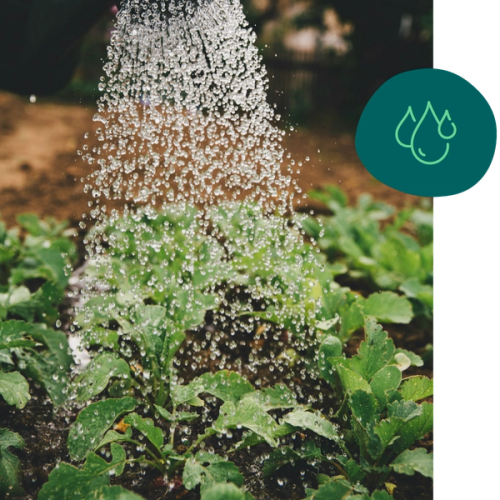
start saving today
Our app is the world's largest marketplace for surplus food. We help users rescue good food from going to waste, offering great value for money at local stores, cafes and restaurants.
